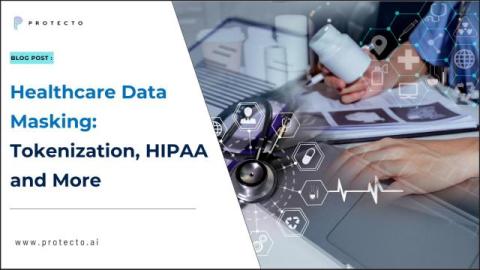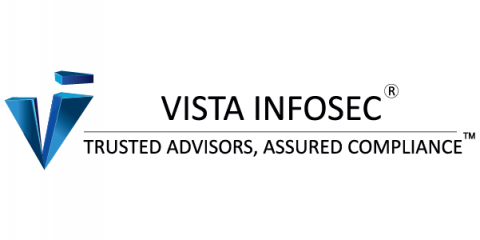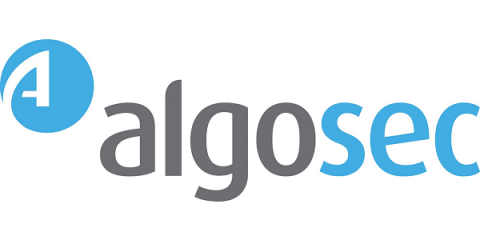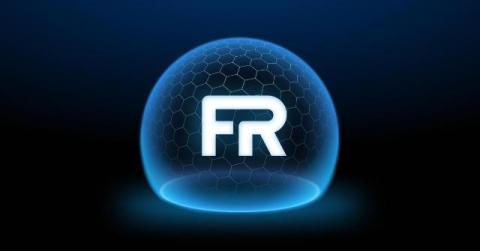Healthcare Data Masking: Tokenization, HIPAA, and More
Healthcare data masking unlocks the incredible potential of healthcare data for analytics and AI applications. The insights from healthcare data can revolutionize the industry from improving patient care to streamlining operations. However, the use of such data is fraught with risk. In the United States, Protected Health Information (PHI) is regulated by the Health Insurance Portability and Accountability Act (HIPAA), which sets stringent requirements to safeguard patient privacy.











